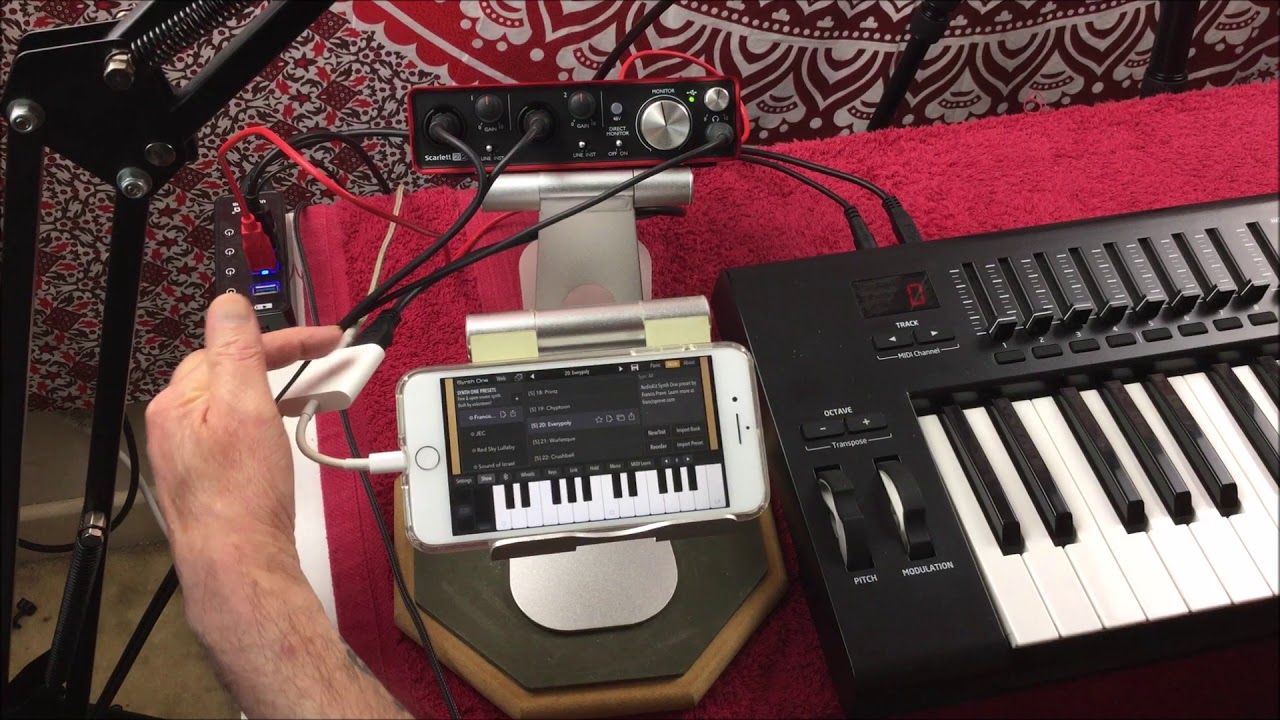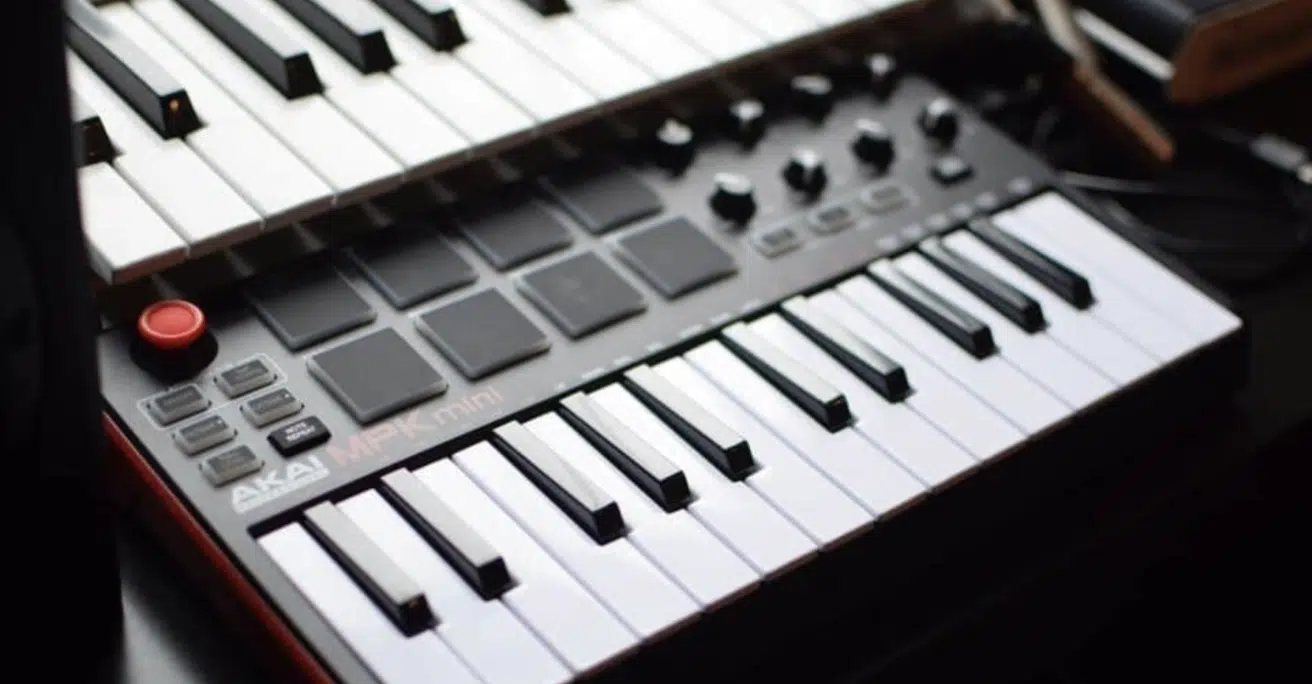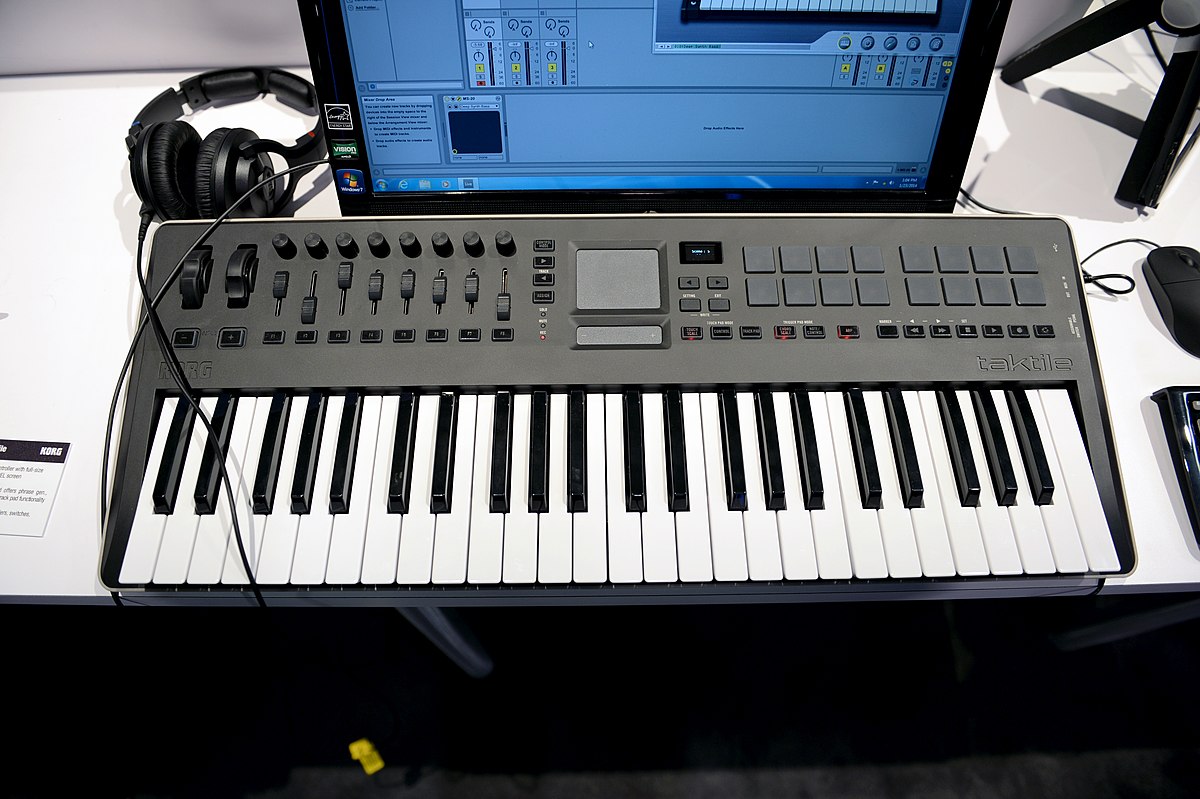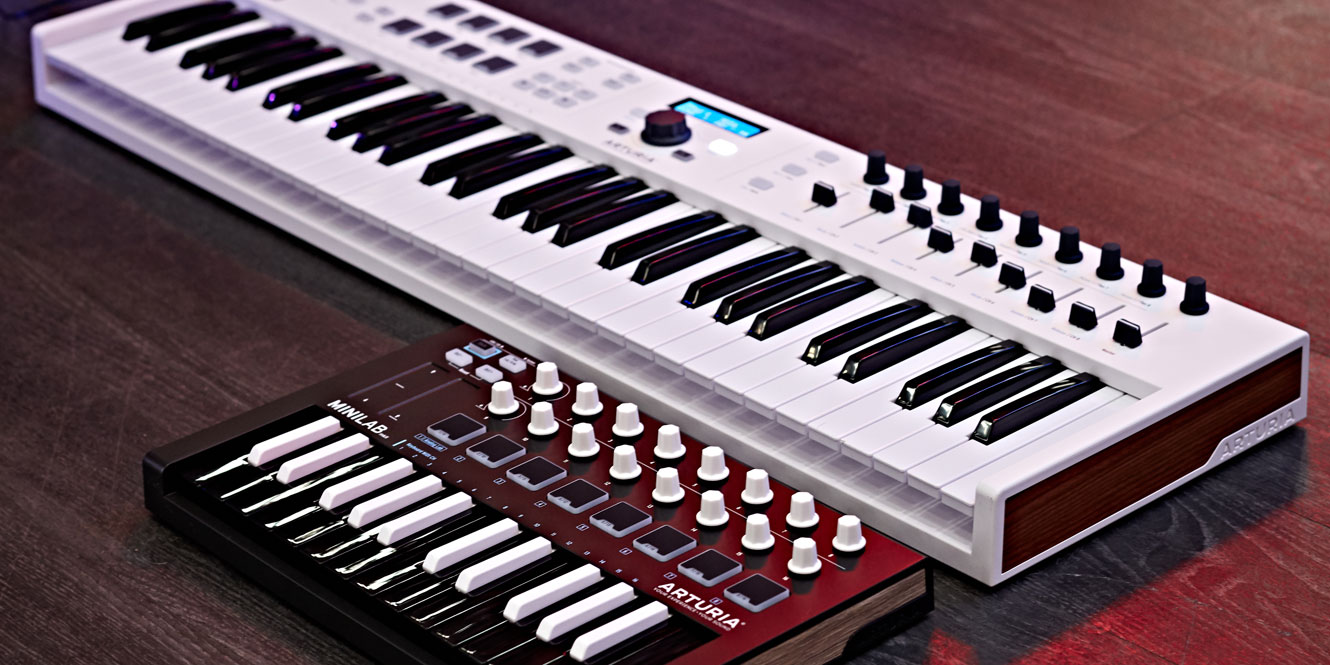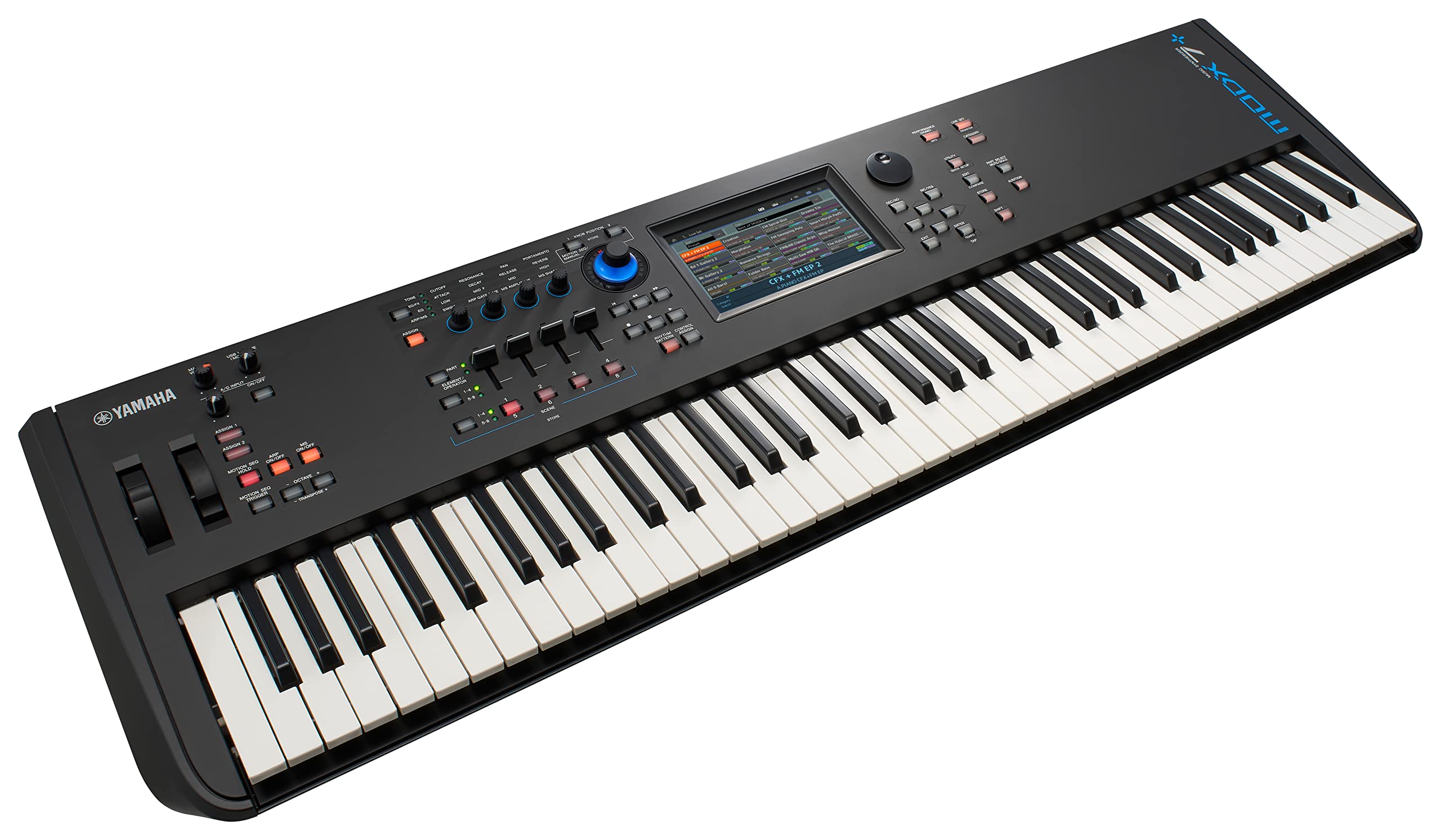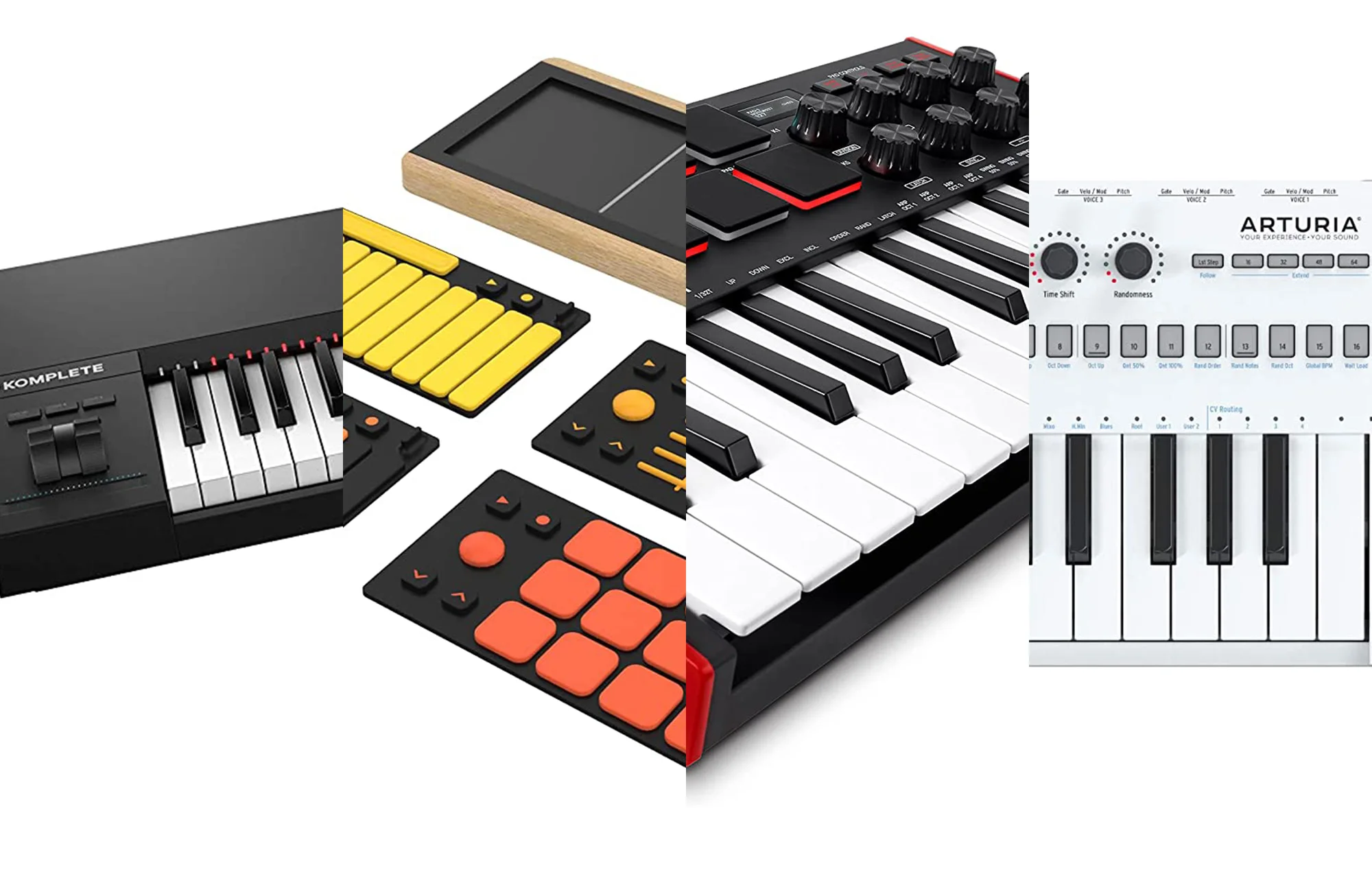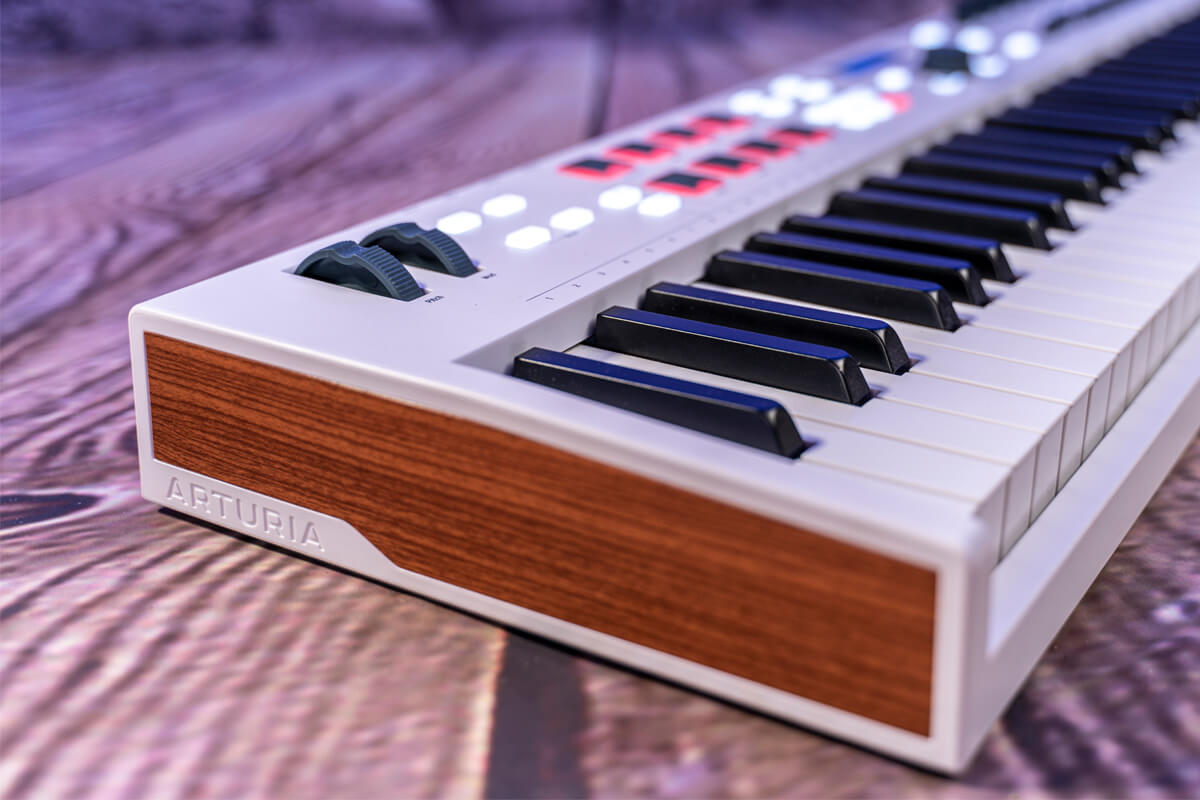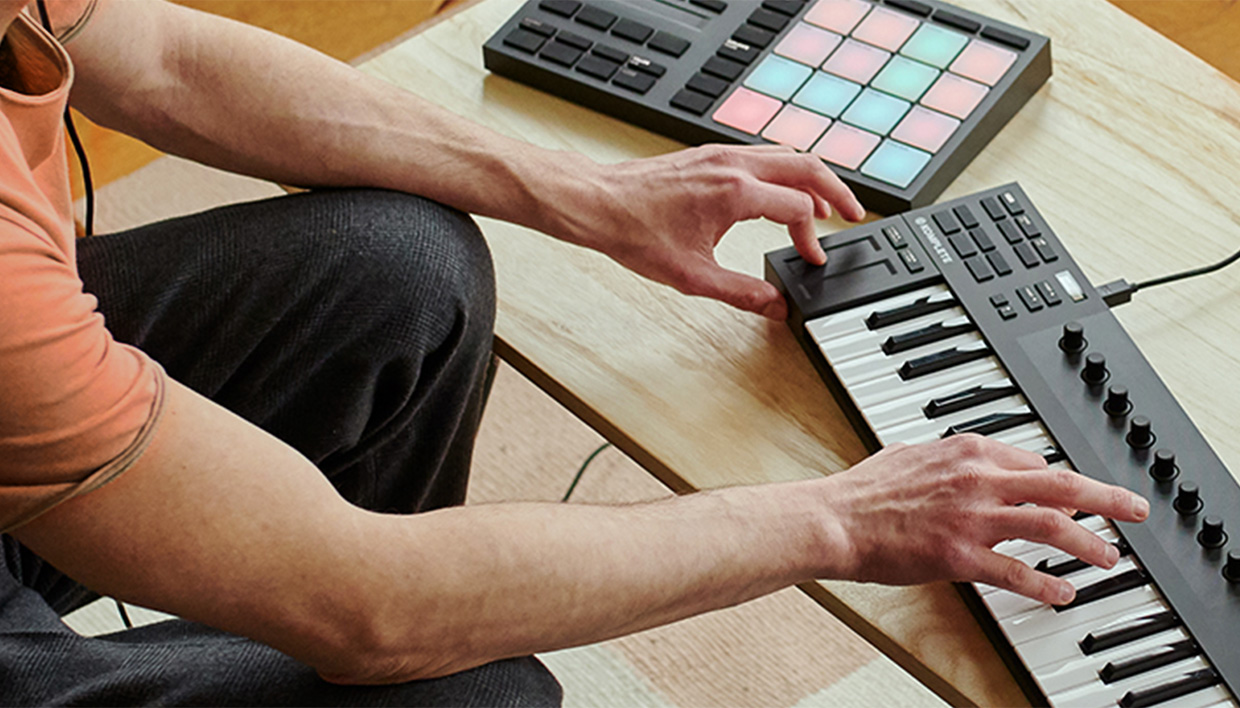Introduction
Understanding the Basics of Connecting a MIDI Keyboard to a Synth
If you're a music enthusiast or a professional musician, the idea of connecting a MIDI keyboard to a synthesizer (synth) can open up a world of creative possibilities. MIDI, which stands for Musical Instrument Digital Interface, is a versatile protocol that allows electronic musical instruments, computers, and other devices to communicate and synchronize with each other. In this guide, we'll delve into the process of connecting a MIDI keyboard to a synth, exploring the steps involved and the technical aspects that underpin this connection.
The MIDI keyboard serves as a controller for the synth, enabling you to play and manipulate the sounds generated by the synth module. Whether you're a composer, producer, or live performer, understanding how to establish this connection is fundamental to harnessing the full potential of your musical setup. By the end of this guide, you'll have a comprehensive understanding of the steps required to seamlessly connect your MIDI keyboard to a synth, empowering you to unleash your creativity and musical expression.
As we embark on this journey, it's important to note that the process of connecting a MIDI keyboard to a synth may vary slightly depending on the specific models and brands of your equipment. However, the fundamental principles and steps outlined in this guide will provide a solid foundation for establishing the connection, regardless of the specific hardware you're using.
In the following sections, we'll explore the technical aspects of MIDI, the process of physically connecting the MIDI keyboard to the synth, setting up MIDI channels, and testing the connection to ensure everything is functioning as intended. Whether you're new to MIDI technology or seeking to refresh your knowledge, this guide will equip you with the essential know-how to seamlessly integrate your MIDI keyboard and synth, paving the way for endless musical exploration and creativity.
Understanding MIDI
Before delving into the process of connecting a MIDI keyboard to a synth, it’s essential to grasp the fundamental concepts of MIDI. MIDI, an acronym for Musical Instrument Digital Interface, is a universal protocol that enables electronic musical instruments, computers, and other devices to communicate, synchronize, and exchange musical information. Unlike audio signals, MIDI data does not transmit actual sounds; rather, it conveys instructions such as note-on and note-off messages, control changes, pitch bend, and more, allowing electronic instruments to interpret and produce music based on these commands.
One of the key advantages of MIDI is its versatility and flexibility. It allows for seamless integration between different types of musical equipment, regardless of the manufacturer or model, fostering interoperability and creative freedom. Whether you’re connecting a MIDI keyboard to a hardware synth, a computer running digital audio workstation (DAW) software, or a combination of various MIDI-enabled devices, the MIDI protocol serves as the bridge that facilitates communication and control.
MIDI data is transmitted via MIDI cables or USB connections, depending on the specific interfaces available on the devices you’re connecting. MIDI messages are comprised of digital data, which includes information about note events, timing, velocity, and various control parameters. This rich data stream empowers musicians and producers to manipulate and shape musical performances, enabling expressive playing, intricate sequencing, and real-time control of sound parameters.
Furthermore, MIDI is not limited to traditional musical instruments; it extends its reach to encompass lighting systems, stage effects, and other audiovisual equipment, making it a ubiquitous standard in the realm of live performances and multimedia productions. Its role in facilitating seamless communication between diverse components of a musical setup underscores its significance in modern music production and performance.
By understanding the capabilities and intricacies of MIDI, you’ll be well-equipped to leverage its potential when connecting your MIDI keyboard to a synth. The next step is to explore the physical connections and settings required to establish this link, which we’ll delve into in the following section.
Connecting the MIDI Keyboard to the Synth
Physically connecting your MIDI keyboard to a synth is the first step in establishing a seamless and functional link between the two devices. Most MIDI keyboards feature MIDI Out and MIDI In ports, while hardware synths typically include MIDI In, MIDI Out, and MIDI Thru ports. To initiate the connection, you’ll need a standard MIDI cable with MIDI connectors on both ends.
Begin by locating the MIDI Out port on your MIDI keyboard and connecting one end of the MIDI cable to this port. Subsequently, locate the MIDI In port on your synth and connect the other end of the MIDI cable to this port. This establishes the primary MIDI communication link between the keyboard and the synth, allowing MIDI data to be transmitted from the keyboard to the synth for sound generation and control.
It’s important to ensure that the MIDI connections are secure and firmly inserted into the respective ports to prevent signal loss or intermittent connectivity issues. Additionally, if your MIDI keyboard and synth support USB MIDI connections, you may opt to use USB cables instead of traditional MIDI cables, provided that both devices feature USB MIDI connectivity.
Once the physical MIDI connection is established, you’ll have effectively linked your MIDI keyboard to the synth, paving the way for seamless communication and control between the two devices. The next step involves configuring the MIDI channels to ensure that the keyboard and synth are communicating on the same channel, which we’ll explore in the subsequent section.
Setting Up the MIDI Channels
Configuring the MIDI channels is a crucial aspect of connecting a MIDI keyboard to a synth, as it dictates how the keyboard communicates with the synth and determines which sounds are triggered and controlled. MIDI channels serve as virtual pathways through which MIDI data is transmitted, allowing for independent control of multiple MIDI-compatible devices within a single setup.
Most MIDI keyboards and synths support multiple MIDI channels, typically ranging from 1 to 16. To begin the setup process, consult the user manuals of your MIDI keyboard and synth to identify the specific MIDI channel settings and options available for each device. The MIDI channel settings can usually be accessed and adjusted using the device’s control interface or settings menu.
It’s essential to ensure that the MIDI channel of the keyboard aligns with the MIDI channel of the synth to enable seamless communication. For example, if your synth is set to receive MIDI input on channel 1, you’ll need to configure your MIDI keyboard to transmit MIDI data on channel 1 as well. This synchronization ensures that the keyboard’s key presses, modulation, and other control data are correctly interpreted by the synth, allowing for coherent and responsive performance.
Furthermore, if you intend to control multiple synths or sound modules with a single MIDI keyboard, you can assign each device to a distinct MIDI channel, enabling independent control and manipulation of each device’s sound parameters. This capability is particularly advantageous in studio and live performance scenarios where complex setups necessitate versatile MIDI routing and control.
Once the MIDI channels are configured to align between the keyboard and the synth, you’ve established the groundwork for seamless communication and control. The next step involves testing the MIDI connection to ensure that the keyboard effectively triggers and manipulates sounds on the synth, which we’ll explore in the subsequent section.
Testing the Connection
After physically connecting your MIDI keyboard to the synth and configuring the MIDI channels, it’s essential to test the connection to ensure that the devices communicate effectively and that the keyboard successfully triggers and controls the sounds generated by the synth. Testing the MIDI connection involves verifying that the keyboard’s key presses, modulation, pitch bend, and other control messages are accurately received and interpreted by the synth, resulting in responsive and coherent sound production.
To initiate the testing process, power on both the MIDI keyboard and the synth, ensuring that they are in a ready state to transmit and receive MIDI data. Begin by playing notes on the MIDI keyboard and observing whether the synth accurately reproduces the corresponding sounds. Verify that the keyboard’s modulation wheel, pitch bend wheel, and other assignable controls effectively manipulate the synth’s parameters, such as pitch, filter cutoff, and resonance, in real time.
As you explore the various features and controls on the MIDI keyboard, pay close attention to how they influence the sound produced by the synth. For instance, adjusting the keyboard’s velocity sensitivity should result in discernible variations in the synth’s sound dynamics, reflecting the nuances of your playing style. Similarly, engaging the keyboard’s sustain pedal should sustain notes on the synth, demonstrating the successful transmission of MIDI control messages.
During the testing phase, it’s beneficial to experiment with different patches and sound presets on the synth to assess how the keyboard’s performance and control data interact with various sonic characteristics. This comprehensive evaluation ensures that the MIDI connection is robust and that the keyboard effectively communicates with the synth across a wide range of musical scenarios and performance techniques.
If you encounter any issues during the testing process, such as unresponsive keys, erratic control behavior, or unexpected sound anomalies, it’s advisable to revisit the physical connections and MIDI channel configurations to identify and resolve any potential sources of disruption. Additionally, consulting the user manuals of your MIDI keyboard and synth for troubleshooting guidance can provide valuable insights into addressing connectivity and performance issues.
By thoroughly testing the MIDI connection between your keyboard and synth, you can ascertain that the devices are seamlessly integrated, empowering you to unleash your creativity and musical expression with confidence and precision.
Conclusion
Connecting a MIDI keyboard to a synthesizer opens up a realm of creative possibilities for musicians, producers, and performers. By understanding the fundamental principles of MIDI and navigating the process of physically connecting the keyboard to the synth, you’ve laid the foundation for seamless communication and control between these essential components of a modern music setup.
Throughout this guide, we’ve explored the intricacies of MIDI technology, emphasizing its role as a universal protocol that facilitates communication and synchronization between electronic musical instruments. The physical connection between the MIDI keyboard and the synth serves as the conduit through which MIDI data flows, enabling expressive playing and real-time control of sound parameters.
Configuring the MIDI channels ensures that the keyboard and the synth communicate effectively, allowing for coherent and responsive performance. This step is pivotal in establishing independent control of multiple MIDI-compatible devices within a single setup, fostering versatility and creative exploration.
Testing the MIDI connection validates the seamless integration of the keyboard and the synth, ensuring that the devices accurately transmit and interpret MIDI data, resulting in responsive and expressive musical output. Thorough testing empowers musicians to explore the full range of performance techniques and sound manipulation capabilities offered by the MIDI keyboard and the synth.
By following the steps outlined in this guide, you’ve equipped yourself with the knowledge and practical skills necessary to connect a MIDI keyboard to a synth, setting the stage for boundless musical exploration and creative expression. Whether you’re a seasoned professional or an aspiring enthusiast, the seamless integration of MIDI technology empowers you to unlock new dimensions of musicality and innovation.
As you embark on your musical journey with your MIDI keyboard and synth, continue to explore the myriad possibilities offered by MIDI technology, experiment with diverse soundscapes, and unleash your creativity with the confidence that comes from a solid understanding of MIDI connectivity and control.







